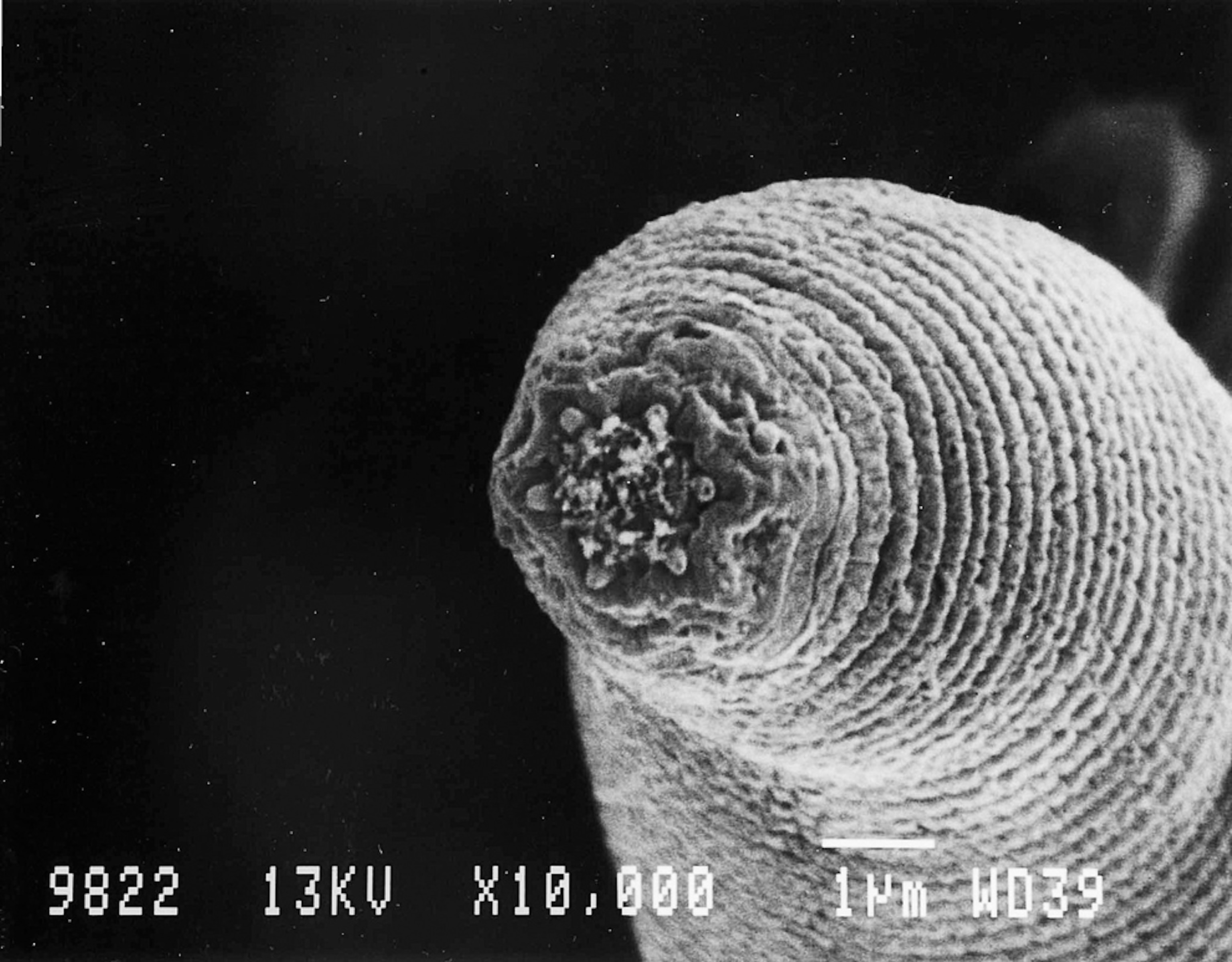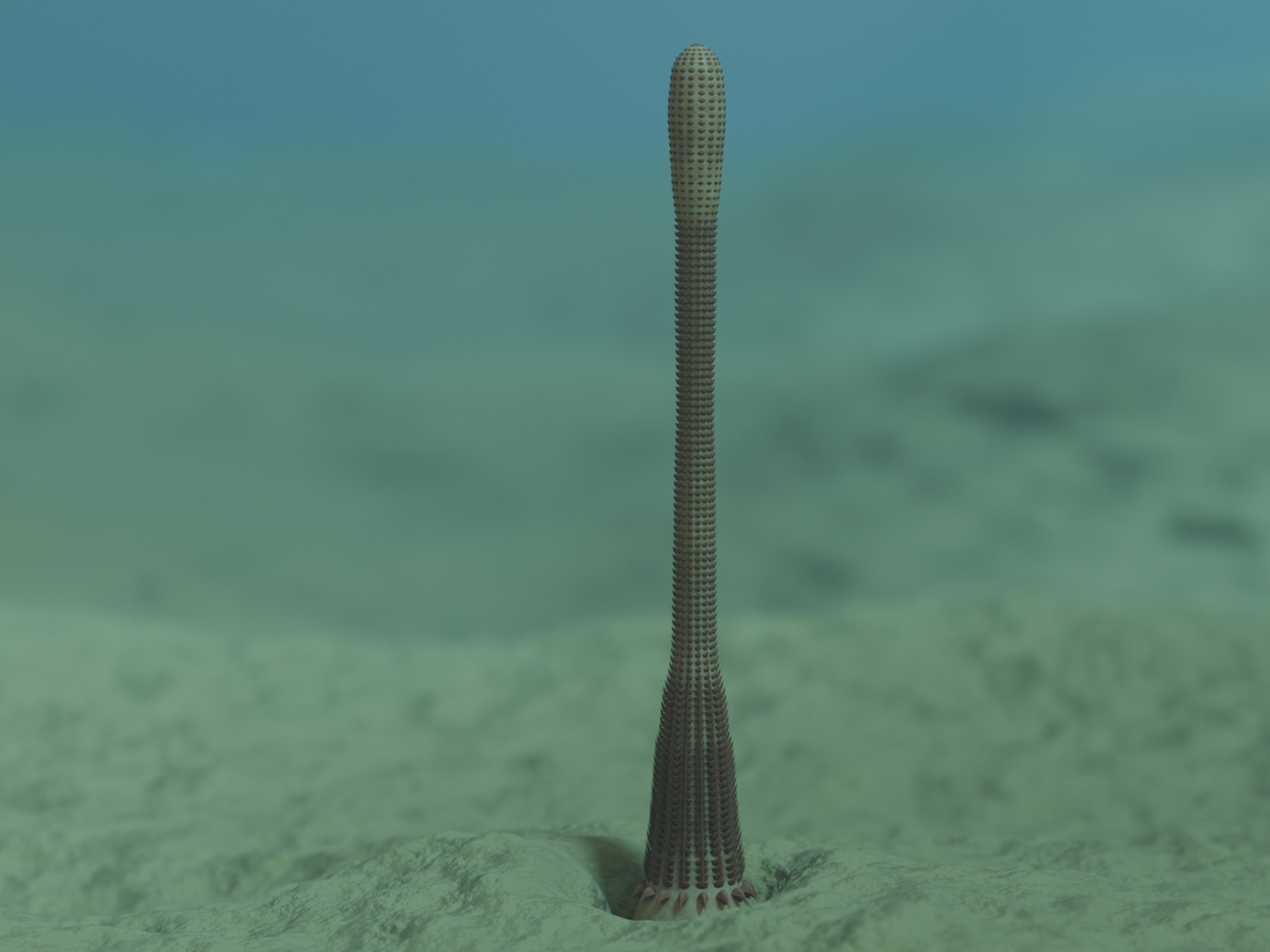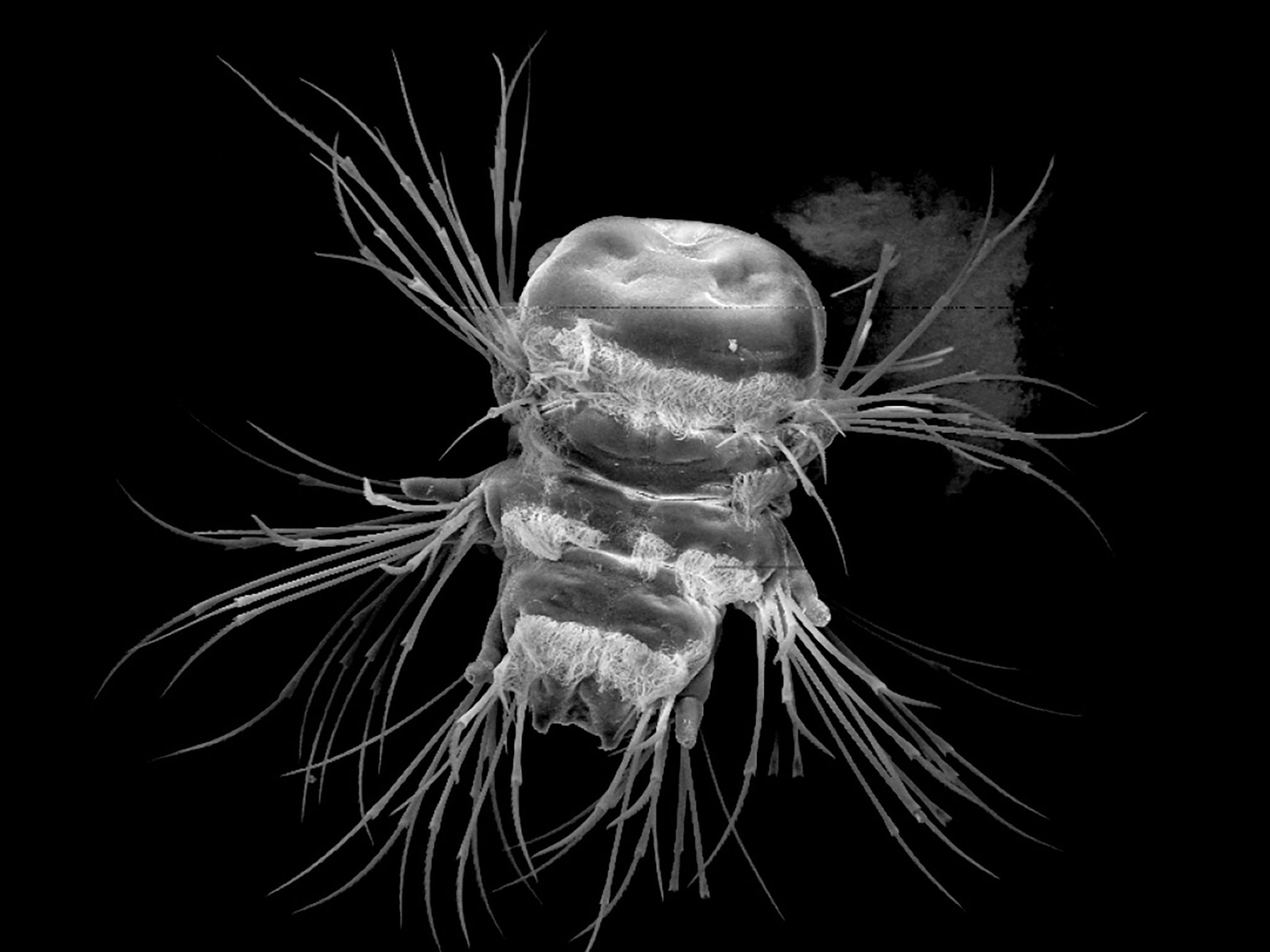
New "Devil Worm" Is Deepest-Living Animal
Species evolved to withstand heat and crushing pressure.
A "devil worm" has been discovered miles under the Earth—the deepest-living animal ever found, a new study says.
The new nematode species—called Halicephalobus mephisto partly for Mephistopheles, the demon of Faustian legend—suggests there's a rich new biosphere beneath our feet.
Before the discovery of the signs of the newfound worm at depths of 2.2. miles (3.6 kilometers), nematodes were not known to live beyond dozens of feet (tens of meters) deep. Only microbes were known to occupy those depths—organisms that, it turns out, are the food of the 0.5-millimeter-long worm.
"That sounds small, but to me it’s like finding a whale in Lake Ontario. These creatures are millions of times bigger than the bacteria they feed on," said study co-author Tullis Onstott, a geomicrobiologist at Princeton University in New Jersey.
(See "Deepest-Ever Fish Caught Alive on Camera.")
"Shocking" Worm Evolved For Harsh Depths
Onstott and nematologist Gaetan Borgonie of Belgium's University of Ghent first discovered H. mephisto in the depths of a South African gold mine. But the team wasn't sure if the worms had been tracked in by miners or had come out of the rock.
To find out, Borgonie spent a year boring deep into mines for veins of water, retrieving samples and filtering them for water-dwelling nematodes. He scoured a total of 8,343 gallons (31,582 liters) until he finally found the worm in several deep-rock samples.
(See "World's Deepest Mines Highlight Risks of New Gold Rush.")
What's more, the team found evidence the worms have been there for thousands of years. Isotope dating of the water housing the worm placed it to between 3,000 and 12,000 years ago—indicating the animals had evolved to survive the crushing pressure and high heat of the depths.
"This discovery may not surprise passionate nematologists like Gaetan, but it’s certainly shocking to me," Onstott said.
"The boundary of multicellular life has been extended significantly into our planet."
Worm Inspires Search for Extreme Life
Onstott hopes the new devil worm will inspire others to search for complex life in the most extreme places—both on Earth and elsewhere.
(Read "Searching for New Earths" in National Geographic magazine.)
"People usually think only bacteria could exist below the surface of a planet like Mars. This discovery says, Hold up there!" Onstott said.
"We can't negate the thought of looking for little green worms as opposed to little green microbes."
Devil-worm study appears online June 1 in the journal Nature.





